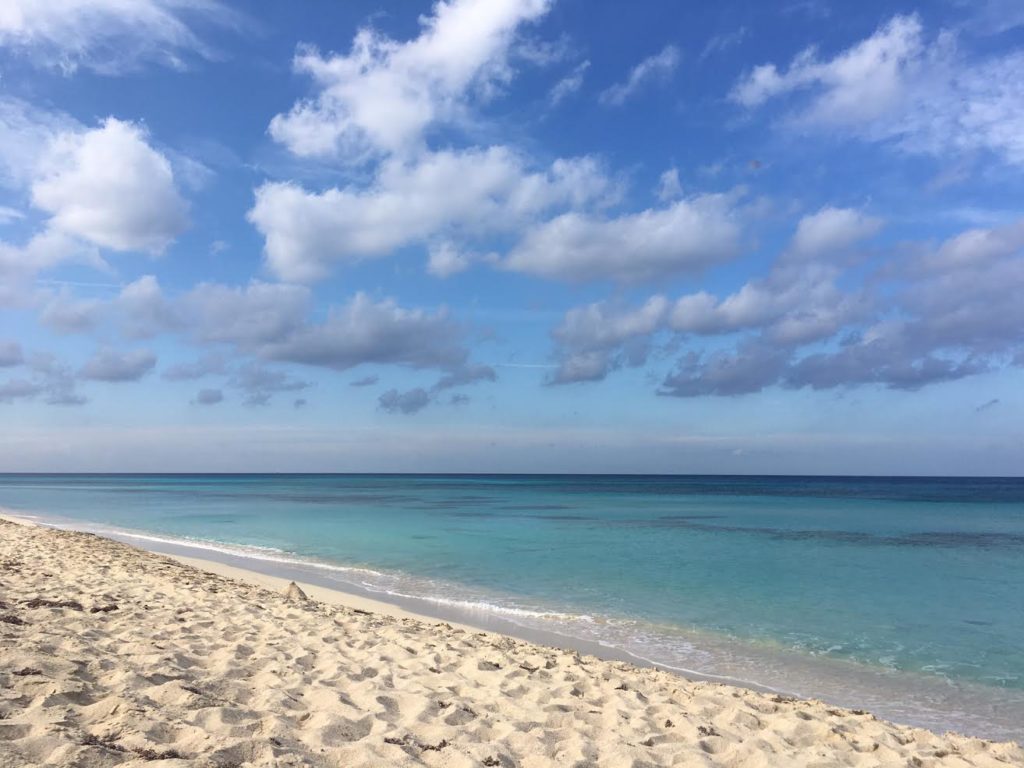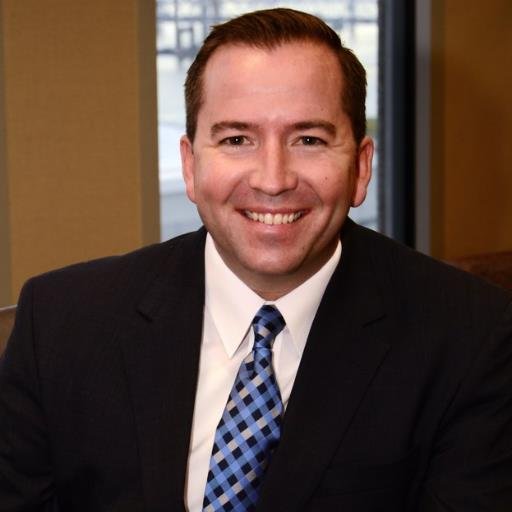By BRETT CORBIN
Jet Blue Flight 1499 took off from Ft. Lauderdale one day in mid-February and landed in Havana, Cuba 35 minutes later. We were actually 10 minutes early.
There was no problem with our visas at the check point and we began the wait for our baggage. The airport looked the same as it did the first time I visited Cuba in 2006, with the blood-red red pillars of Jose Marti airport glaring in the sun and the female airport workers in tan uniforms.
Back then I had flown in from Paris, where I was living at the time. I had managed to get a waiver to visit Cuba from the Department of the Treasury and was excited and nervous to see this forbidden land.
“Those are real Cubans down there ….”
Before this most recent trip, the visa was easy to get since “journalistic activities” is one of the boxes you can check when the airline asks why you’re going to Cuba in this era of far warmer ties between the United States and Cuba.
While that could change any minute under President Trump, there’s not much red tape now. Another category under which you can visit – “Supporting the Cuban People” – is especially vague and would qualify most tourists who arrive to spend money on food and drink and taxies.
“Those are real life Cubans down there,” I remember thinking when I looked out the airplane window that first time in Havana. This time I watched the start of the documentary about the Buena Vista Social Club music group on the screen in the back of the seat in front of me and chatted with a young Cuban-born teenager who was flying to Havana to visit with his family.
He seemed rather resigned to be visiting his native country. He wasn’t all that excited to be going back in time. It was clear he liked South Beach a lot more. Or at least most of it.
“If there’s one nice thing about Cuba, it’s that there’s never traffic,” he told my wife and as we sailed over empty roads and lush green jungles.
This was my third time in Cuba and the lack of traffic was indeed somewhat odd. Building roads just to have them could be chalked up to the days when the Soviet Union was flush with money and the sugar industry in Cuba was still roaring along.
The first visit in 2006 was shocking since I had never seen a second-world country before. I thought the ghettos of America were the worst of the worst. But socialism and the economic embargo of Cuba by the United States had left the country and the Cuban people scratching by for the basic amenities of the Western World.
By my second visit in 2010, things had gotten noticeably better, with more modern cars, fewer lines for food rations, fewer scam artists and more hotels for tourists. This third time might be a charm, I thought, and maybe the country will be so developed that expats from the U.S. could soon live in the country since it’s geographically close and has nice weather and good health care.
The 20-minute ride from Jose Marti airport to central Havana is still a harrowing experience since traffic laws are casual suggestions, there are no advertisements for any products or fast food joints and because the billboards of Fidel Castro screaming “Socialismo o Muerte” (I guess we know who won that battle). Now some of the signs feature his brother Raul, smiling and looking like a gentle old man.
There are still carless Cubans on the side of the road waiting in the shade for someone to pick them up, or for crowded buses that might have room for them.
Unimaginable changes
But the changes that Cuba has experienced are glaring too.
For example, we booked our housing accommodations through Airbnb. We stayed one night in a nice apartment somewhat off the beaten path in central Havana and the other two nights we stayed in a flat with great air conditioning near the heart of old town Havana.
The rooms were basic but clean and cost us about 50 US dollars per night. The neighbors we exchanged pleasantries with were friendly and smiling. Out our balconies at both places we had screaming children, roosters crowing, vehicles of all kinds rumbling by and great views into the apartments of other, non-Airbnb apartments that belonged to Cuban families.
One morning I was looking out onto the street and said to my wife that she needed to come quick to see some pigs going down the street. She came to the balcony and looked down to see a man pulling a cart with three large, deceased pigs on their backs in the cart, their stomachs sliced open and fresh blood around the wounds. She was not amused.
The most striking change I witnessed in Havana compared to my previous visits was the La Vitrola café near Plaza de Vieja. This corner of the block café was decorated, top to bottom in American memorabilia from 1950s. The waiters used a flat screen on the wall to log in the orders of patrons and on one of the flat screen TVs there was a slide show on a loop of public work projects that had happened under Batista, the brutal dictator who Castro and Co. overthrew to take power back in the day.
I almost couldn’t believe what I was seeing.
In the black-and-white photos there were signs that said something to the effect of “This Public Work Project is thanks to Batista.” On the stereo, “She Loves You” by the Beatles blasted away.
Preparing for waves of Norteamericanos
The amount of construction going on in Havana was also prominent, while quite uneven. One morning I came upon a government-looking guy jack hammering away the street.
When I walked by a few minutes later to retrace my steps back to our apartment, he was gone, the project still unfinished. But overall it’s clear that Havana is preparing for a wave of Americans to begin visiting in droves. The capitol building is covered in scaffolding and the steps leading up to it are gleaming white.
Meanwhile out at Playa del Este, the beach area about 20 minutes east from downtown Havana that I’ve frequented each time I’ve visited Cuba, the open-air beach bar called Megano hasn’t changed at all.
On the Tuesday afternoon when were there, the patio was crowded with tourists. The patrons were European and the Cuban staff still seemed to not care that any of us were there. The rum and cokes were still deliciously cheap and the beaches and water were still pristine and uncrowded.
My wife and I snorkeled (with the gear we brought with us from the states) around the reefs of Playa del Este in about eight feet of water and saw a wide variety of colorful fish. But gone from the scene were the gray-shirted police officers scowling in the heat and acting shifty.
On my first visit back in 2006, a police officer questioned me about why I was hanging around with a black Cuban guy I had befriended earlier in the day and had pretty much hired as my guide.
This time I saw two guys walk by me in very brief speedos, holding hands as they strolled next to the surf.
Still challenges ahead
As far as Cuba someday becoming a place where American expats go to live at a distance from America, there are plenty of challenges that need to be solved.
The progress since my first visit in 2006 has been significant, for sure. At the same time, Cuba remains not that cheap to visit since the Cuban government has designed a two-tiered system where non-Cubans pay prices comparable to Florida and natives pay a different rate, one more affordable to people living on less than $40 a month.
The infrastructure could use some major updating since smelly dumpsters of garbage, standing brackish water, slim sidewalks and choke-inducing exhaust are all common annoyances on the streets of Havana.
In its favor though, the language is fairly easy to manage and the people are certainly friendly in nature. Then there’s the issue of the lack of a free press and some room for improvement in terms of democracy. It will be a big change when things change on those two fronts.
Hopefully it will be a smooth transition.
Is there potential for Cuba to become a retirement paradise for older Americans who want good health care and warm temperatures?
Absolutely.
But it will probably take the British and Europeans to lead the movement since they have built gray-haired colonies in Spain and Panama and Malta and Greece.
A development on the outskirts of Havana like The Villages in Florida could be a major success in 10 years or so if the goal is to have Americans in great numbers living in Cuba. I’m not sure the Cubans want that given the last time Americans were on the island in great numbers it was marked by casinos, a corrupt puppet government and rampant prostitution.
For now, the wait is on for Raul to expire, for more trade between the countries to continue and for Cuba to modernize itself so it can handle the expectations of American tourists who are curious to see what has been off limits for so long.
What is waiting for them, less than an hour flight away from southern Florida, is a beautiful country packed with potential.
Brett H. Corbin lives in Louisville, KY with wife Samantha and his two step-children.
Brett works in the financial industry. Previously, he was a financial journalist for ten years, the last five of those were spent in Paris on the business desk at the now-defunct International Herald Tribune, the global edition of The New York Times.













